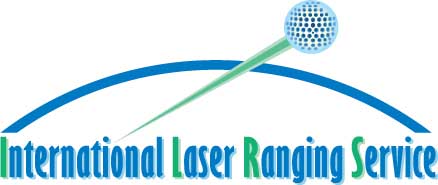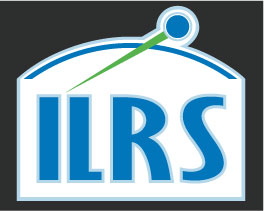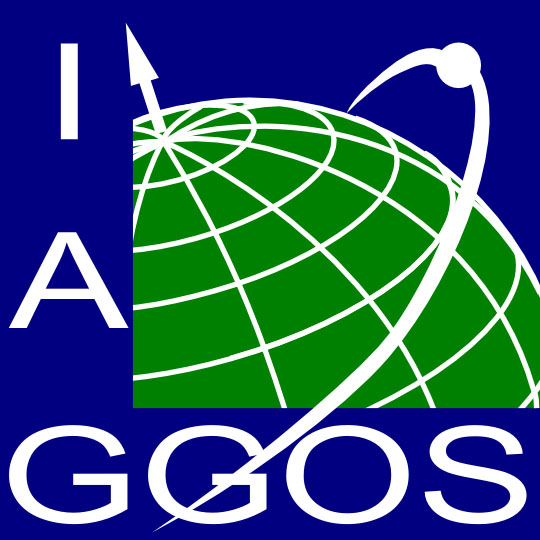Quick Links

The International Laser Ranging Service (ILRS) provides global satellite and lunar laser ranging data and their related products to support geodetic and geophysical research activities as well as IERS products important to the maintenance of an accurate International Terrestrial Reference Frame (ITRF). The service develops the necessary global standards/specifications and encourages international adherence to its conventions. The ILRS is one of the space geodetic services of the International Association of Geodesy (IAG).
The ILRS collects, merges, archives and distributes Satellite Laser Ranging (SLR) and Lunar Laser Ranging (LLR) observation data sets of sufficient accuracy to satisfy the objectives of a wide range of scientific, engineering, and operational applications and experimentation. These data sets are used by the ILRS to generate a number of scientific and operational data products including:
- Earth orientation parameters (polar motion and length of day)
- Station coordinates and velocities of the ILRS tracking systems
- Time-varying geocenter coordinates
- Static and time-varying coefficients of the Earth's gravity field
- Centimeter accuracy satellite ephemerides
- Fundamental physical constants
- Lunar ephemerides and librations
- Lunar orientation parameters
The accuracy of SLR/LLR data products is sufficient to support a variety of scientific and operational applications including:
- Realization of global accessibility to and the improvement of the International Terrestrial Reference Frame (ITRF)
- Monitoring three dimensional deformations of the solid Earth
- Monitoring Earth rotation and polar motion
- Support the monitoring of variations in the topography and volume of the liquid Earth (ocean circulation, mean sea level, ice sheet thickness, wave heights, etc.)
- Tidally generated variations in atmospheric mass distribution
- Calibration of microwave tracking techniques
- Picosecond global time transfer experiments
- Astrometric observations including determination of the dynamic equinox, obliquity of the ecliptic, and the precession constant
- Gravitational and general relativistic studies including Einstein's Equivalence Principle, the Robertson-Walker b parameter, and time rate of change of the gravitational constant
- Lunar physics including the dissipation of rotational energy, shape of the core-mantle boundary (Love Number k2), and free librations and stimulating mechanisms
- Solar System ties to the International Celestial Reference Frame (ICRF)
Recent News
(1) Data Handling File
(2) Eccentricity Files
(3) SLRF2020 Positions & Velocities
Read more
The ILRS station tracking priority survey results can be found here.
Read more...




